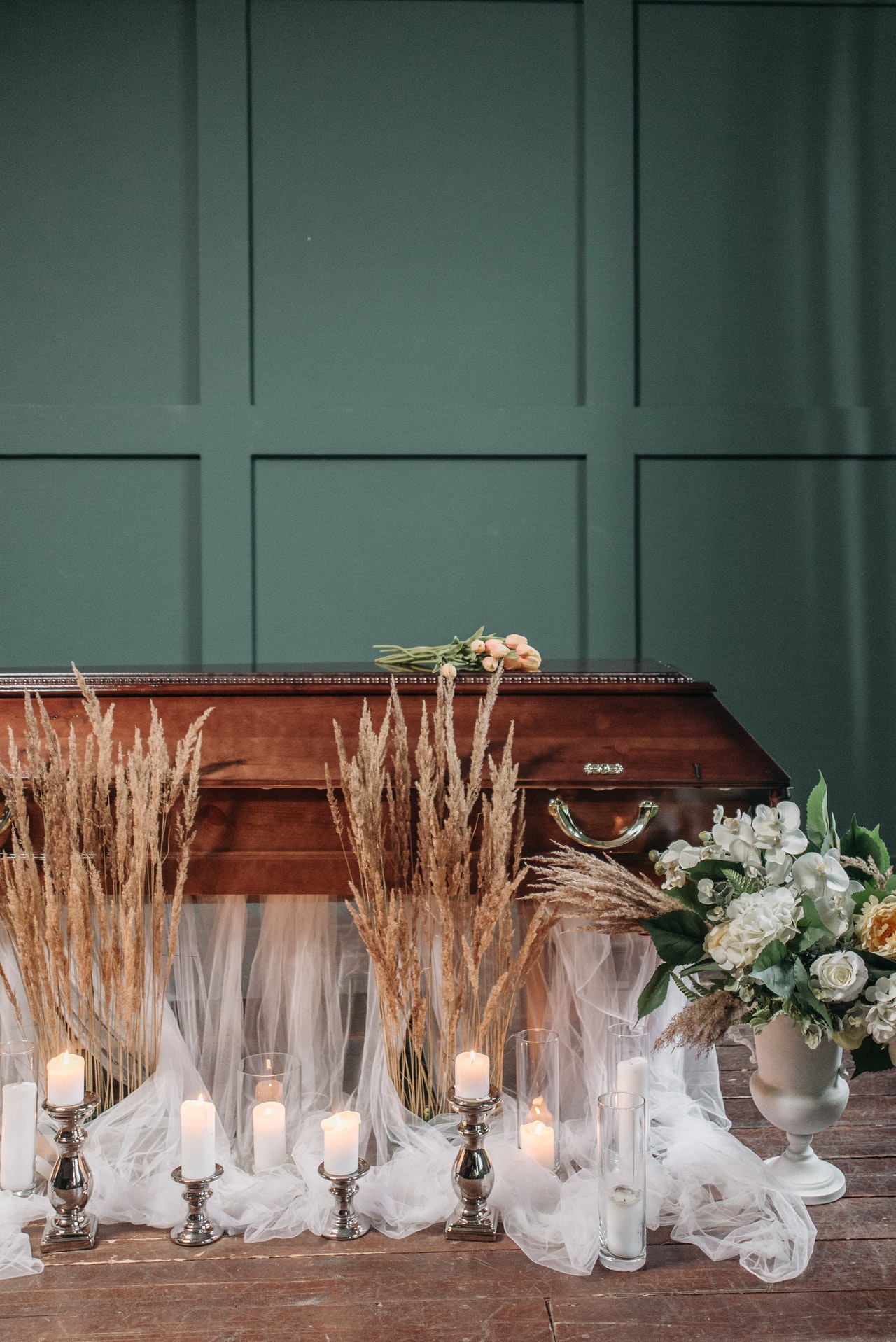People across the world despite their religion believe this philosophy. There are prescribed ways in which last rites are concluded in every religion. There are different rituals in every religion, which is very interesting to know. There are different examples of rituals in every religion, which is very interesting to know.
There is a popular belief that a new life starts after death. A funeral is when you say goodbye to somebody very close to your heart. It is the last ceremony that you perform for a dead person. Funeral rites include many traditions and rituals. This includes burning a corpse, burial, and scattering ashes over the water bodies or land. Every funeral ritual is performed with the utmost care and respect for the dear departed soul.
1. Sky Burials of Tibet
Well, it might sound weird to the people who live outside Tibet, but it is true. It is a common belief among Buddhists that a dead body is no more than a shell as the soul has already left for reincarnation. Dead bodies are kept on the mountain peaks where the prey birds, like Vultures, eat the dead body. It is often considered that those who do all the right things in their life are entirely consumed. At the same time, the evildoers are not eaten by these creatures completely.
2. Fire Cremation in the Holy City of Varanasi
Varanasi is a holy city situated in Uttar Pradesh in India. This city is famous for its two funerary grounds, namely Manikarnika Ghat and Harishchandra Ghat. Hindus believe that those burned on these grounds are freed from the life cycle and reincarnation. This is the only city in India where corpses are burnt every day for 24 hours. At the same time, around 200 corpses are burnt daily alone in Varanasi. When the dead bodies are thoroughly burned, the remains are scattered in the holy river of the Ganges.
3. Scattering Ashes at Sea in Hong Kong
Hong Kong is one of the most densely populated countries globally, with over 7.4 million people living in an area of less than 430 square miles. The crematory grounds are expensive in Hong Kong, and every citizen cannot afford them. The government of Hong Kong has established 11 gardens and designated 3 areas in the sea where remains of the dead body can be scattered. This is a unique practice that is popular in Hong Kong. The funeral process is very different and uncommon, which needs to be explored.
4. Dancing with the Dead Bodies in Madagascar
Madagascar is the second most populated island in the world. Dead people remain a member of the family because the citizens believe that there is no end of life till the bones of the body are decomposed completely. After five to seven years, bodies are taken out from ancestral crypts. Family members carefully strip the old garments worn by the body and replace them with new ones.
People of Madagascar call this funeral process ‘famadihana.’ People celebrate this occasion as a joyous one and drink and eat. Before the sunset, the bodies are crypt sealed for another five to seven years. This process stems from the belief that a new life starts only after the bones of the bodies are entirely decomposed.
5. Water Burials
Many cultures around the globe, especially in Nordic countries, use water to bury dead bodies. Some people set the dead bodies on the “death ships” along a river or directly out in the river. At the same time, some bodies are directly scattered in the water bodies. This process is done with the belief of giving the body back to the most important place or from where it stems out.
6. Tower of Silence
As per the Zoroastrian traditions, everything which touches the dead body is destroyed, including the ground and the fire. Due to this belief raising the corpse in the sky was the only option left. A bull’s urine is used to clean the dead body before being tooled to get in the sky. This setup is later destroyed, which is used to cut off the clothing. After all the processes, the dead body is hanged at the top of the Tower of Silence.
This is an entirely different example of rituals followed in this diverse world.
Funeral processes are considered one of the most sacred rights done after the demise of a person. There are different practices of funerals in every religion. However, different processes are followed in the same religions because they depend on other geographical locations.
Death is considered sacred. People are believed to start a new life after their demise. Deceased persons are given a farewell through the funeral. Funeral services must be followed very seriously as it is attached to the sentiments of the deceased people’s families. Nevertheless, of the sole purpose of a funeral, we all can witness multiple examples of rituals around the globe.




